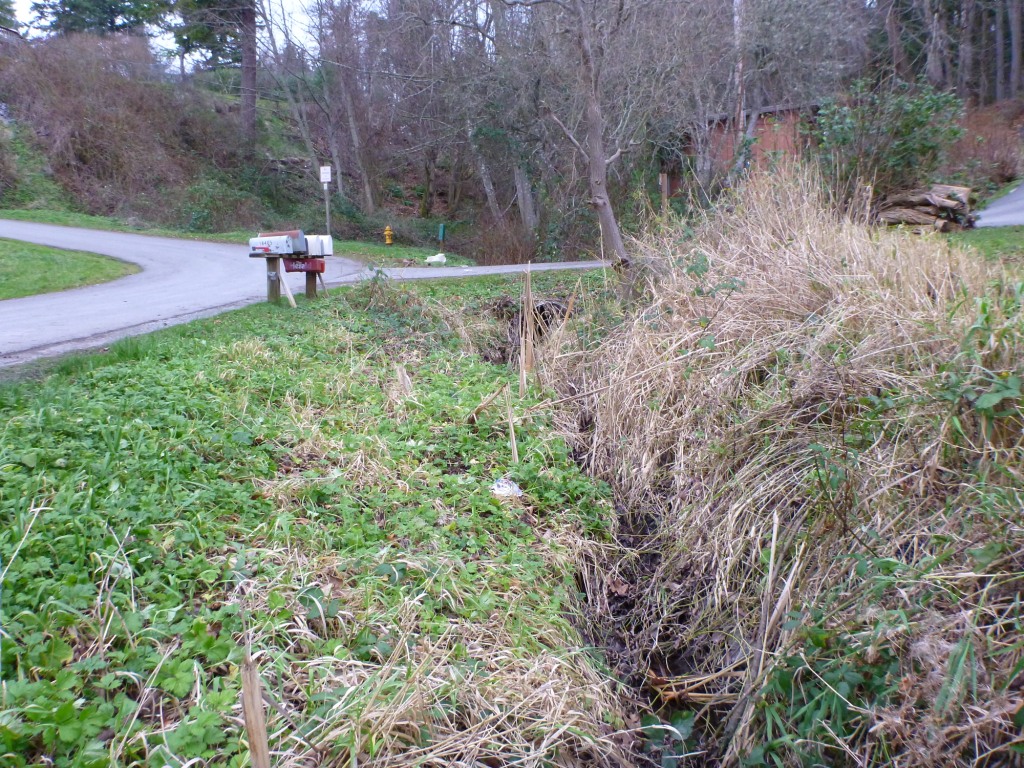A federal judge has ordered culvert repairs to ensure tribes have fish to catch, as guaranteed by their treaty rights. The ruling could have broader impact on other types of development.
By Lynda V. Mapes, The Seattle Times
A long-awaited tribal fishing-rights decision by a federal judge Friday means the state must immediately accelerate more than $1 billion in repairs to culverts that run beneath state roads and block access to some 1,000 miles of salmon habitat.
The ruling comes out of the landmark 1974 Boldt decision, which upheld the rights of tribes to fish. The ruling Friday by U.S.District Judge Ricardo Martinez in Seattle is aimed at ensuring the tribes have fish to catch.
The ruling could eventually result in other court-ordered restoration work, according to tribal leaders and policy experts.
“This culvert case is a ringing of the bell, OK you got to wake up,” said Ron Allen, chairman of the Jamestown S’Klallam Tribe. “We have to protect and restore the environment while we continue to look creatively for ways to develop new job and industry opportunities.”
Martinez ordered the state departments of fish and wildlife, parks, transportation, and natural resources to accelerate work to remove, replace and repair about 1,000 culverts to help restore salmon runs within 17 years.
The state Attorney General’s Office had not decided as of Friday whether to appeal the case to the 9th U.S. Circuit Court of Appeals.
Martinez ruled in 2007 that Washington was violating tribal treaty rights by failing to protect salmon runs. He ordered the state and tribes to negotiate a schedule for fixing the culverts that block salmon passage to their habitat, but the parties were unable to reach agreement.
Friday’s order set standards and a deadline for the repairs.
While 17 years sounds like a long time, it’s been a dozen years since the tribes in 2001 asked Martinez to find that the state has a treaty-based right to preserve salmon runs and compel it to repair or replace culverts that impede them.
Many of the agencies have a backlog of plugged or failing culverts, the pipes that carry water beneath the state’s roadways.
The state has performed some $55 million in repairs to culverts since 2001, according to the Attorney General’s Office. However, the judge noted in his order that “despite past state action, a great many barrier culverts still exist, large stretches of potential salmon habitat remain empty of fish, and harvests are still diminished.”
Allowing salmon runs to decline further is a fundamental violation of promises made in the treaties of 1854 and 1855, Martinez wrote, under which tribes ceded most of what is present-day Western Washington.
“Governor Stevens assured the Tribes that even after they ceded huge quantities of land, they would still be able to feed themselves and their families forever,” Martinez wrote, referring to Isaac Stevens, Washington’s first territorial governor. “The promise made to the Tribes that the Stevens treaties would protect their source of food and commerce was crucial in obtaining that assent to the Treaties provision.”
While the order signed Friday focused on culverts, it may potentially have broader application to other habitat insults that harm salmon.
“Everyone knows there is a number of issues out there with regard to forestry, farming, development and standards that go along with all those different industries,” Allen said. “This case helps raise those issues on the radar.”
But the tribes’ main objective isn’t for the ruling to threaten the ability to create jobs, build homes and prosper, Allen said.
“It is a balance, so what do we do? It definitely lends itself as a steppingstone to the other issues, saying these are the other problems, and what are we going to do about them. It has to be part of the cost of doing business.”
In the short term, Brian Cladoosby, chairman of the Swinomish Tribe and Association of Washington Tribes, said tribes want to sit down with the state to figure out a schedule and budget to implement the order.
“The tribes have always been, I feel, like in a war, and this is just one of those battles,” he said. “We have to be humble in victory and now hopefully go forward working on a plan with the state to tackle this.”
He called the order a victory not only for tribes, but all of the state’s citizens. “The Creator blessed us with one of the greatest natural resources, and it is enjoyed by people of all colors, not just tribes.”
Robert Anderson, director of the Native American Law Center at the University of Washington School of Law, said it is yet to be seen how far the implications of the order reach into other types of development and habitat protection and repair.
“But this is a legal shot across the bow,” Anderson said, “indicating that more needs to be done to repair habitat and stop further damage.”
Will Stelle, Northwest regional director for the National Marine Fisheries Service, called the order “sobering and significant” because it cements the fact that treaty rights are not only a federal obligation.
Ultimately, the case is about more than culverts, or fish, said Fawn Sharp, president of the Quinault Indian Nation. The tribes want to protect not just a crucial food source, but a way of life, for Indians and non-Indians alike, she said.
“People will look back at this point in history, and I am confident that when the tribes stepped up to do this, they took a critical role in protecting Washington as we know it and the way we live here,” Sharp said.
“That is true for generations to come, and non-Indians will appreciate it, too. There is a common denominator with other residents that share these values.”





